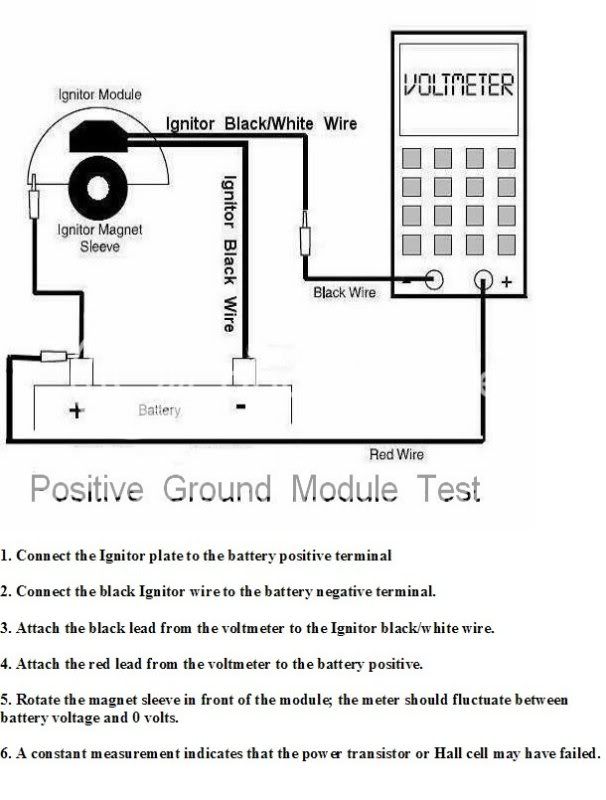This is my first post so I hope I don"t screw up.
But here is my situation. I recently bought a 49 8N because my 50 8N developed an engine problem and I had to keep running. So I have basic 8N knowledge
What I didn"t know when I bought the 49 was that it was converted to an Electronic Ignition system (this is a 6 volt system).
Now I did a little reading on the boards and I understand that I have the bad combination for EI systems. That is 6volt side mount.
With that said, I"d like to make it work if I can. So here is my problem.
It seems to usually starts right up but not always. But what is really unacceptable is that if I turn it off, it won"t start back up. It is like no spark but not sure. On another board, I was told that this is a sign of a bad coil. So I have one on the way.
My concern is that I an afraid that I will just fry the coil because the coil does not connect to the ballast resistor. The coil is grounded to the engine. There is a wire that runs from the electronic ignition to the same negative terminal as the ignition switch.
So I don"t know what to do to make this 49 start consistently. I don"t want the expense and effort of going 12 volt.
So if no one has a fix for me, I may just go back to points and condenser which will be another adventure because I don"t know what was yanked out of the distributor. I would prefer to make this work as it is if I can
Thanks,
Obie
But here is my situation. I recently bought a 49 8N because my 50 8N developed an engine problem and I had to keep running. So I have basic 8N knowledge
What I didn"t know when I bought the 49 was that it was converted to an Electronic Ignition system (this is a 6 volt system).
Now I did a little reading on the boards and I understand that I have the bad combination for EI systems. That is 6volt side mount.
With that said, I"d like to make it work if I can. So here is my problem.
It seems to usually starts right up but not always. But what is really unacceptable is that if I turn it off, it won"t start back up. It is like no spark but not sure. On another board, I was told that this is a sign of a bad coil. So I have one on the way.
My concern is that I an afraid that I will just fry the coil because the coil does not connect to the ballast resistor. The coil is grounded to the engine. There is a wire that runs from the electronic ignition to the same negative terminal as the ignition switch.
So I don"t know what to do to make this 49 start consistently. I don"t want the expense and effort of going 12 volt.
So if no one has a fix for me, I may just go back to points and condenser which will be another adventure because I don"t know what was yanked out of the distributor. I would prefer to make this work as it is if I can
Thanks,
Obie


